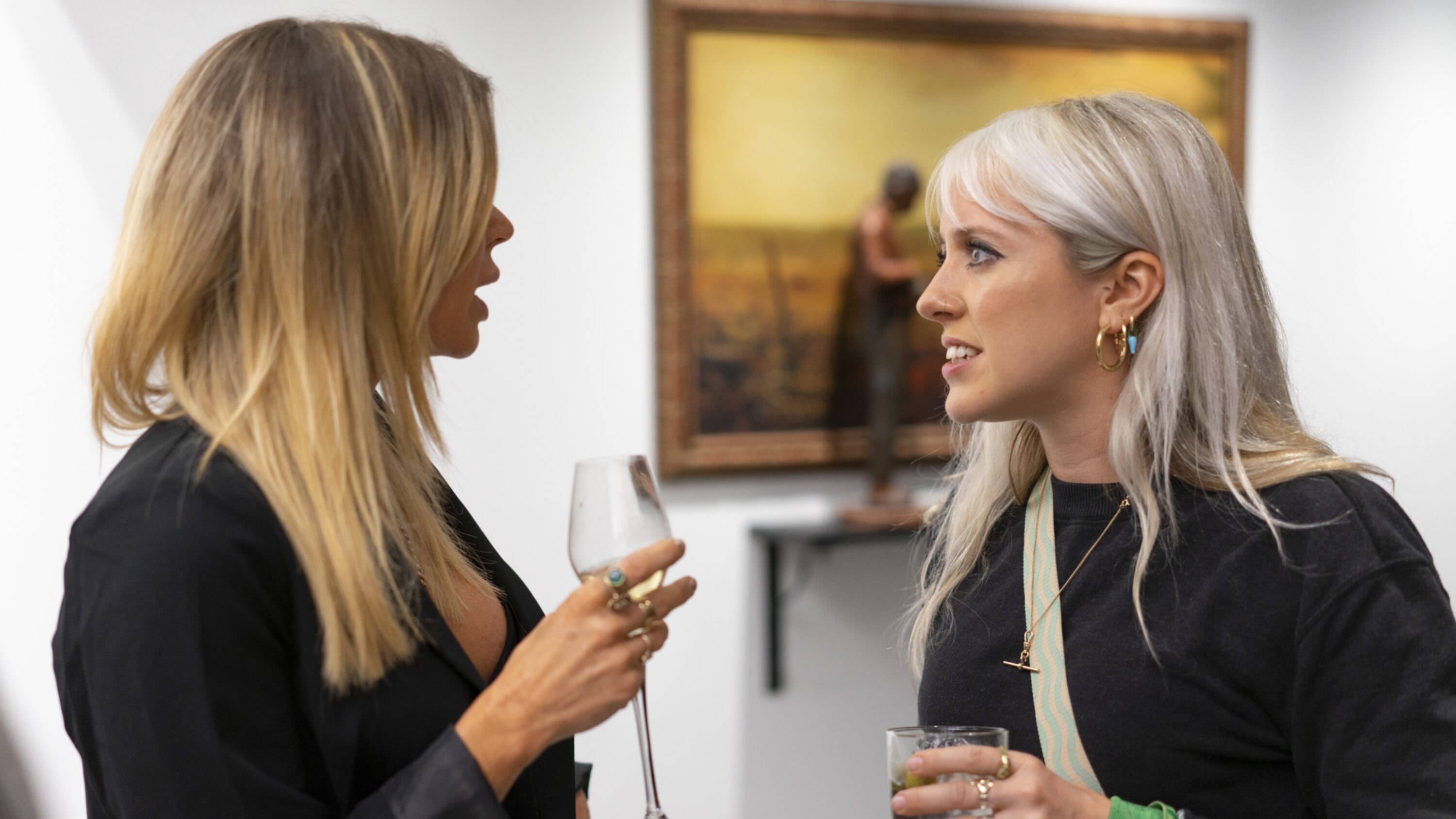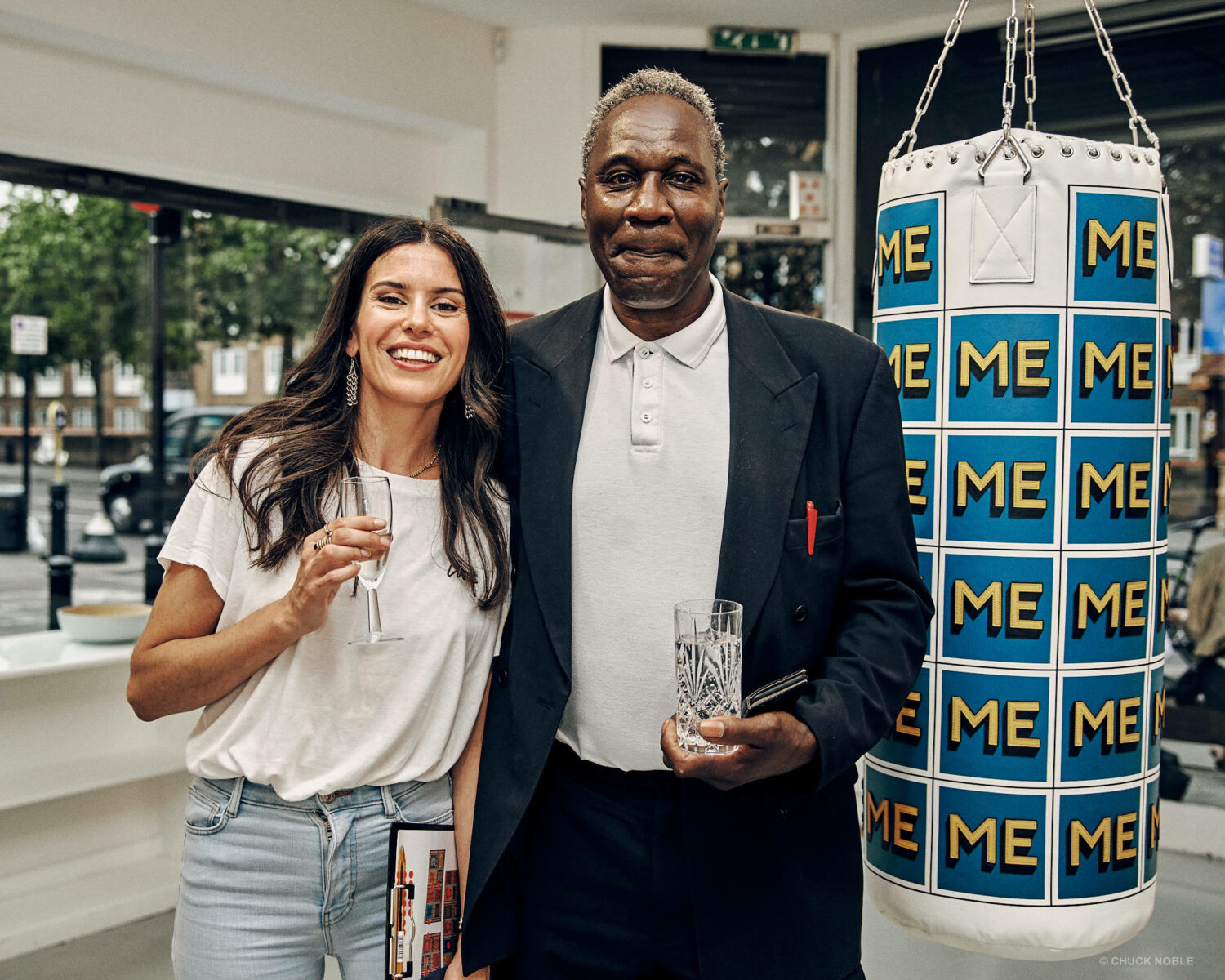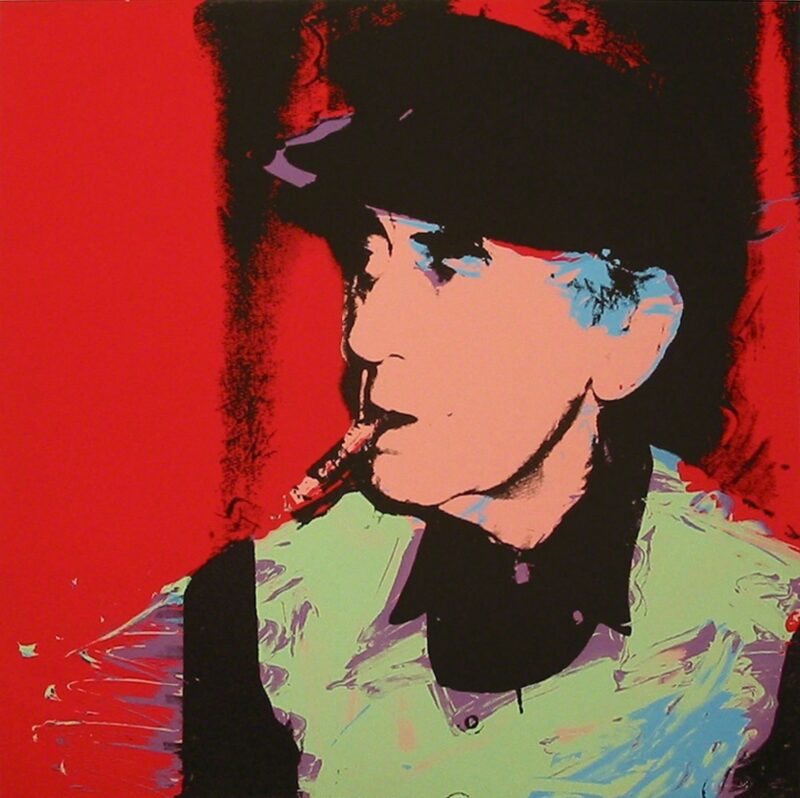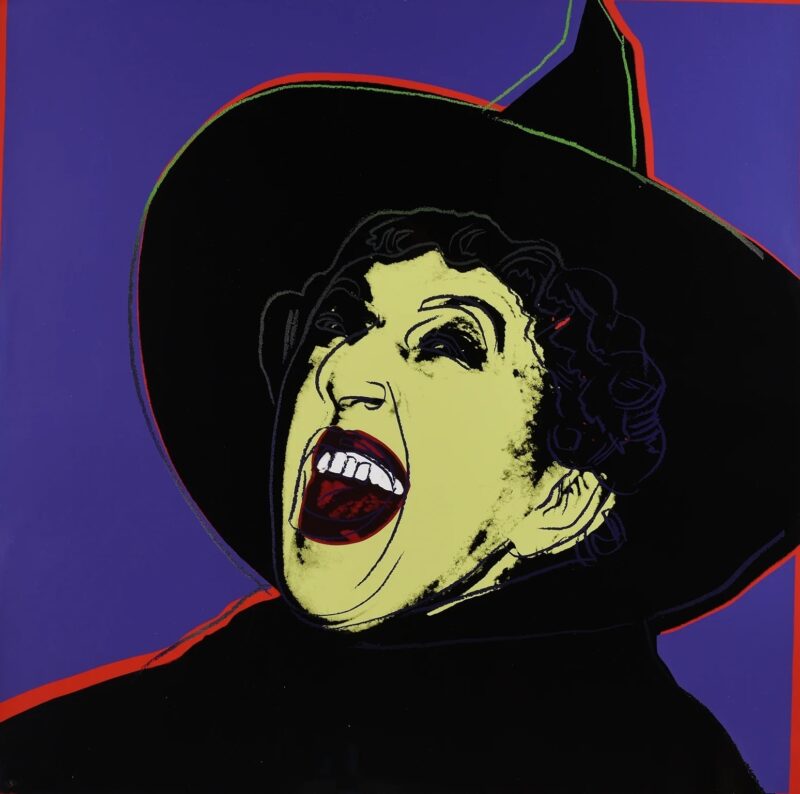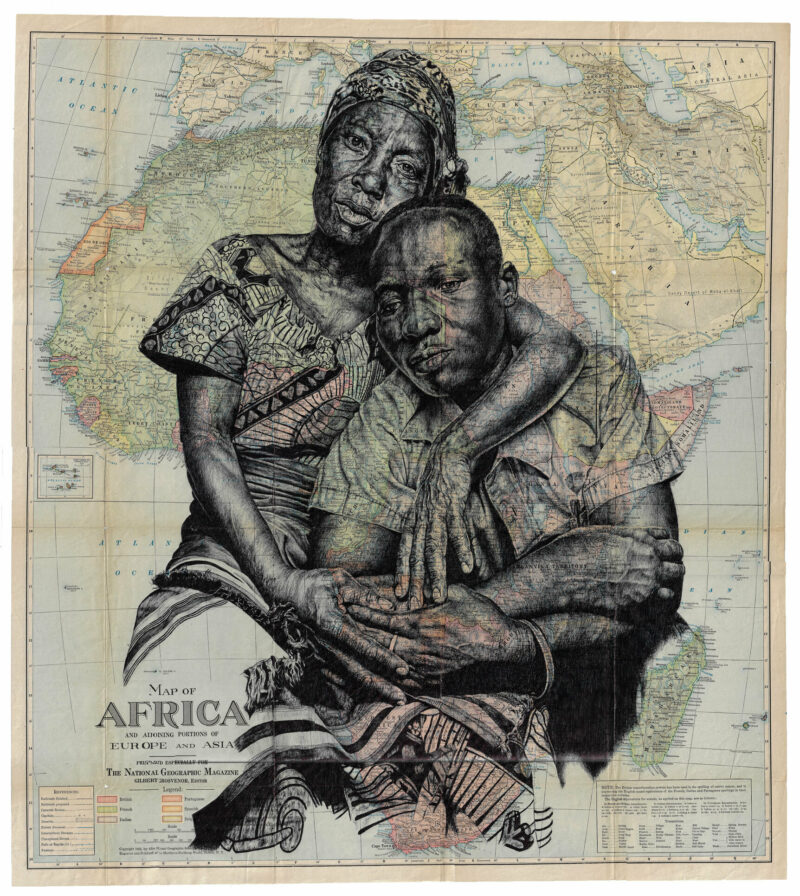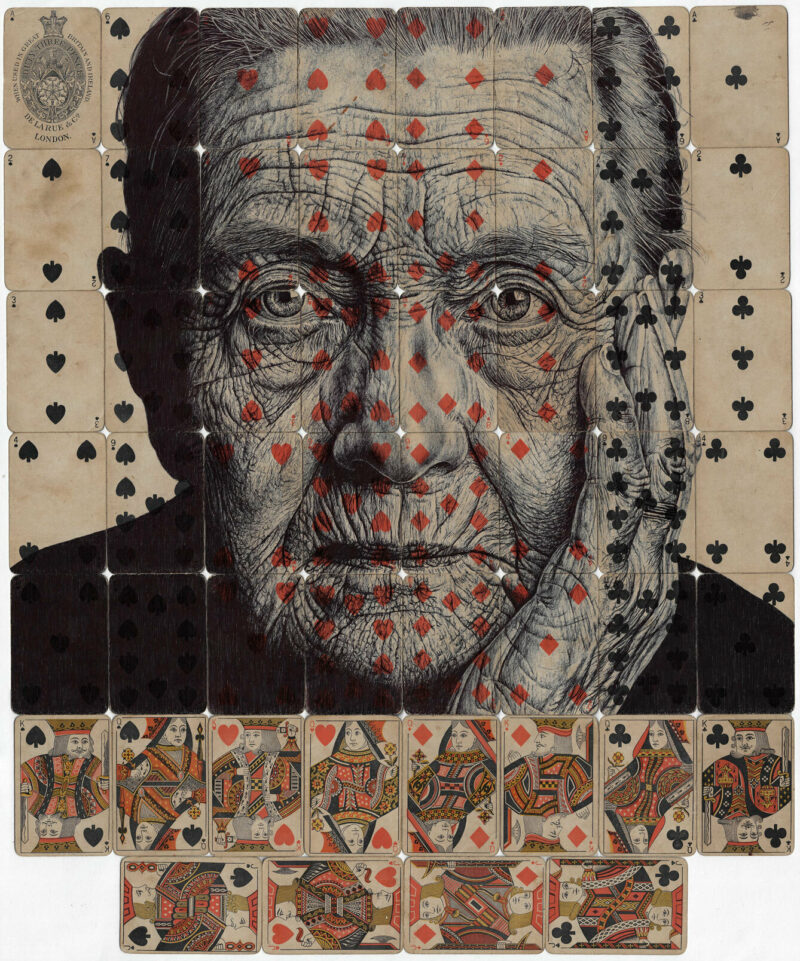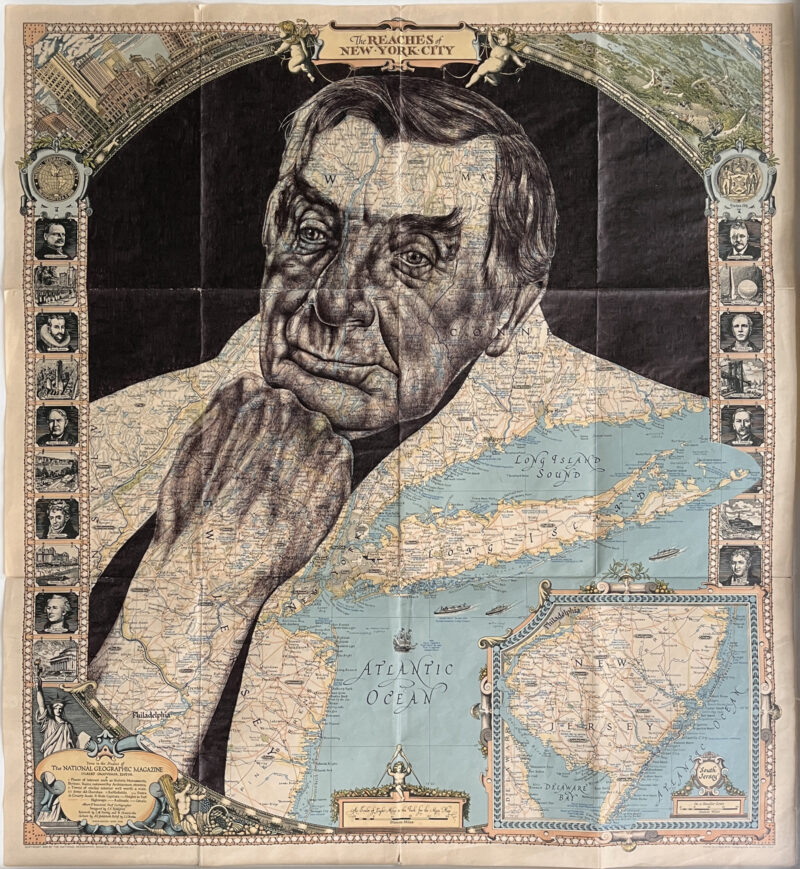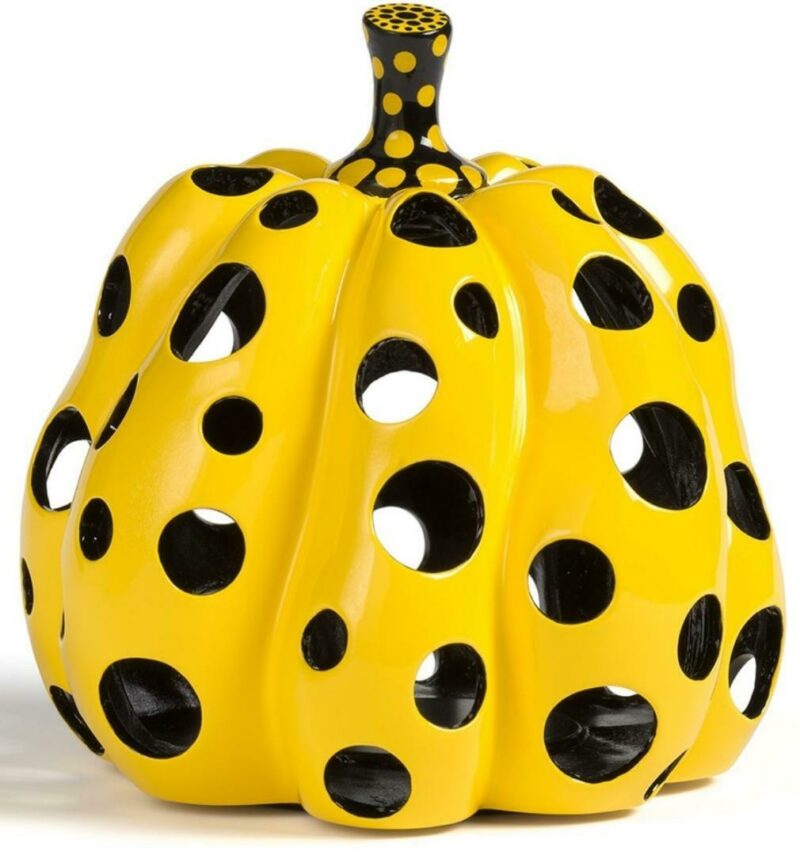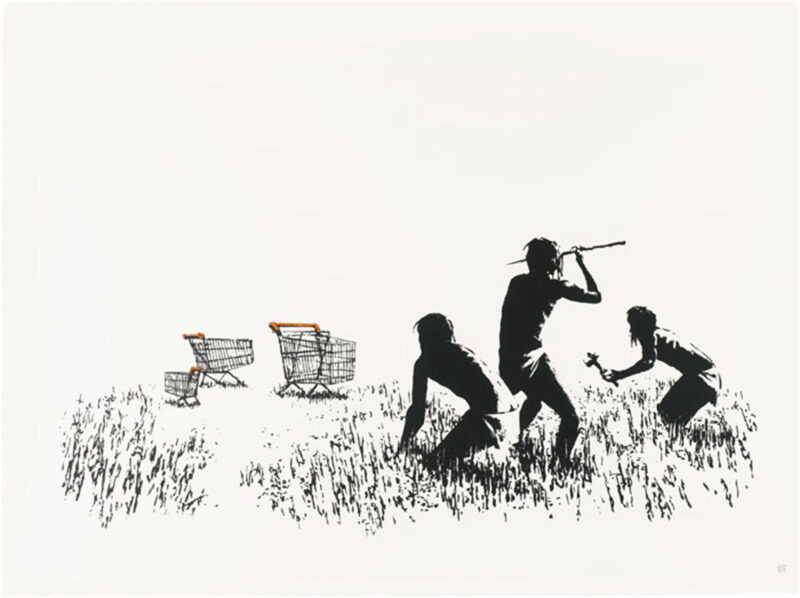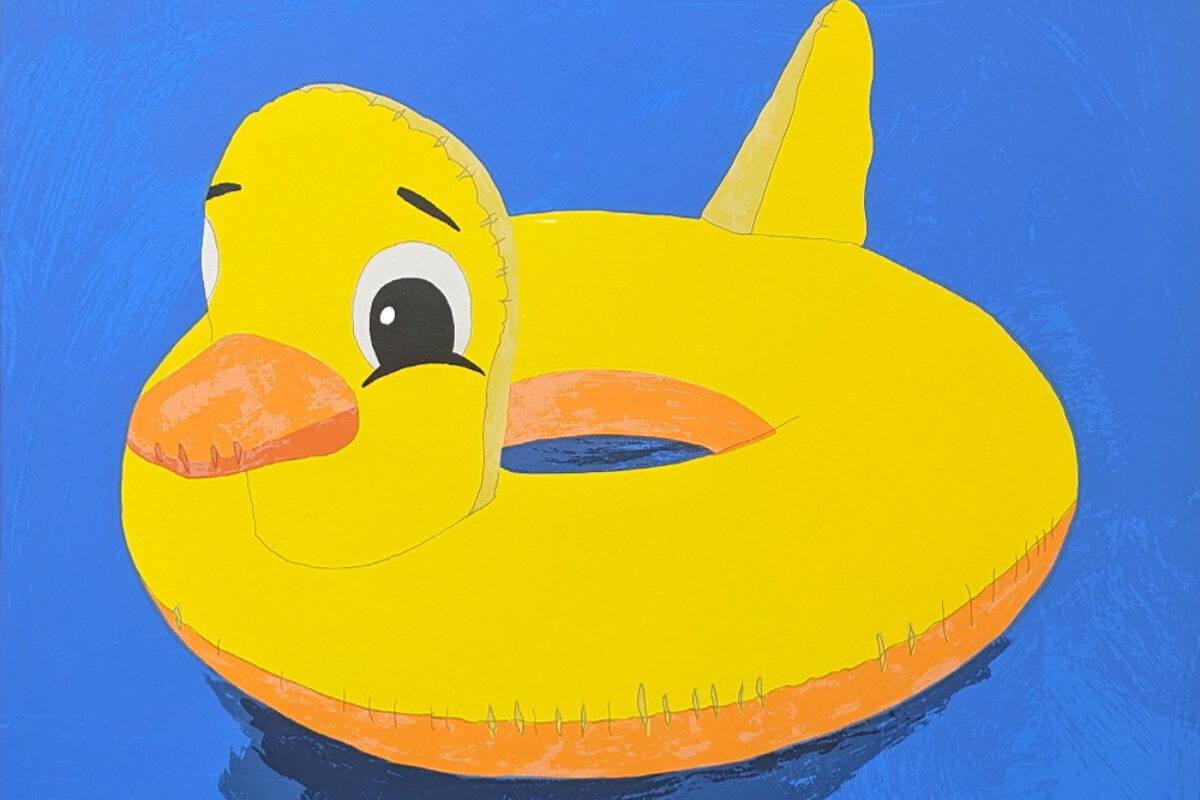1. Visit in Person
No buying experience can compare to seeing art hanging on the wall. “It’s more personal and emotive than buying online, or even at an art fair,” says Hang-Up’s founder Ben Cotton. “Not only do you get to see the works in their full glory, you have plenty of time to ask questions about a piece or artist.” Visiting a gallery should also assuage any last-minute anxiety about a purchase: “you can relax in the knowledge that you’ve done your due diligence by seeing the piece, checking the condition and deciding whether you still love it.” While art fairs provide a similar viewing experience, Cotton points out that they can be “frenzied affairs, at least pre-Covid. Getting just a minute or two with sales staff is tough, so decisions have to be made quickly. In the gallery, you have the luxury of time.”
2. Draw on Staff Expertise
Don’t be intimidated – gallery staff are on hand to help, and can provide insights into artists and pieces that you might not have considered. : “It’s natural to be inquisitive about what you’re buying and there are no wrong questions!” says new Business Development Manager Charlotte Bain. “The gallery probably has some good intel and back story about the artists and their processes. Also, expressing an interest in one artist often leads on to great suggestions about others you might like: having that conversation is a good way to explore their contemporaries and expand your knowledge.”
3. Request Exhibition Catalogues
Visited an exhibition by an artist that you love, only to find it’s peppered with red dot stickers and everything’s been sold? It’s always exciting to see pieces during the buzz of an exhibition, but if you want to buy it’s best to get in early and request a catalogue of available works before the show opens. “The catalogues tend to be sent out ahead of the launch to previous collectors and key clients and this is when you have the opportunity to purchase works ahead of the opening, which gives you more choice,” says Cotton.
4. Source What You Love
Another way to get your hands on a piece you’ve seen and loved is to ask whether a gallery can source it for you. “Galleries work closely with artists, fellow galleries and dealers, which should enable them to access a wide catalogue of work and a network of sellers,” says Online Coordinator Fabiola Giaccherini. “We have more than a decade of experience and have built a global collector base, which means that our team can source works at a client’s request as well as provide suggestions to help them enrich and personalise their collections using our unique network to match buyers and sellers.”
5. Try Your Luck
If a piece is just beyond your budget, don’t be afraid to ask if there’s some wiggle room: “If you don’t ask you don’t get!” says Gallery Manager Laura Rivas-Lopez. “But bear in mind that galleries might be contractually obliged to price-match with artists and publishers. Also, some galleries work with very tight margins which makes it difficult to offer discounts.”
If there isn’t room for negotiation, ask whether there are any other pieces available by the artist – prints are usually cheaper than originals, and the size of the work also impacts the cost.
6. Rejoice in the Safety Net
Unlike buying online, purchasing from a reputable gallery means you can be sure that your piece will be packed and sent out carefully, with all the necessary documentation. “You’ll need to keep a record of the gallery invoice and any other available documentation confirming provenance and certifying the transaction.” says Giaccherini. “Some artists also issue their own certificates of authenticity, which can be included along with the gallery documentation. Certificates of authenticity (such as Banksy’s Pest Control ones) are still the basic reference document for a collector and should include all the information on the work – including year of production, medium, size, signature and any other crucial detail.”
Once you’ve bought your piece, a good gallery will also ensure it reaches your home or storage unit safely. At Hang-Up, artworks are packed in-house by the trained team, who use specialist gloves to handle them and conservation materials when packing. They’re then shipped via specialist art couriers.
7. Build A Relationship
It’s the key to starting and growing an art collection. The best way to do this is to find a gallery that specialises in the kind of art you like, and then begin to develop a rapport with the staff in tandem with growing your collection. As Social Media Manager Amalia Papaioannou points out “you’ll get insider info on everything from early access to new works to details on upcoming exhibitions and invitations to openings!” Aside from this crucial info, building a relationship makes the whole process of buying more fun. “It’s less daunting when you have someone looking out for you, eager to help, and able to tailor their advice to your taste, budget and space.”
To arrange a visit to the gallery, contact us here. You can see the new work we have for sale below.



